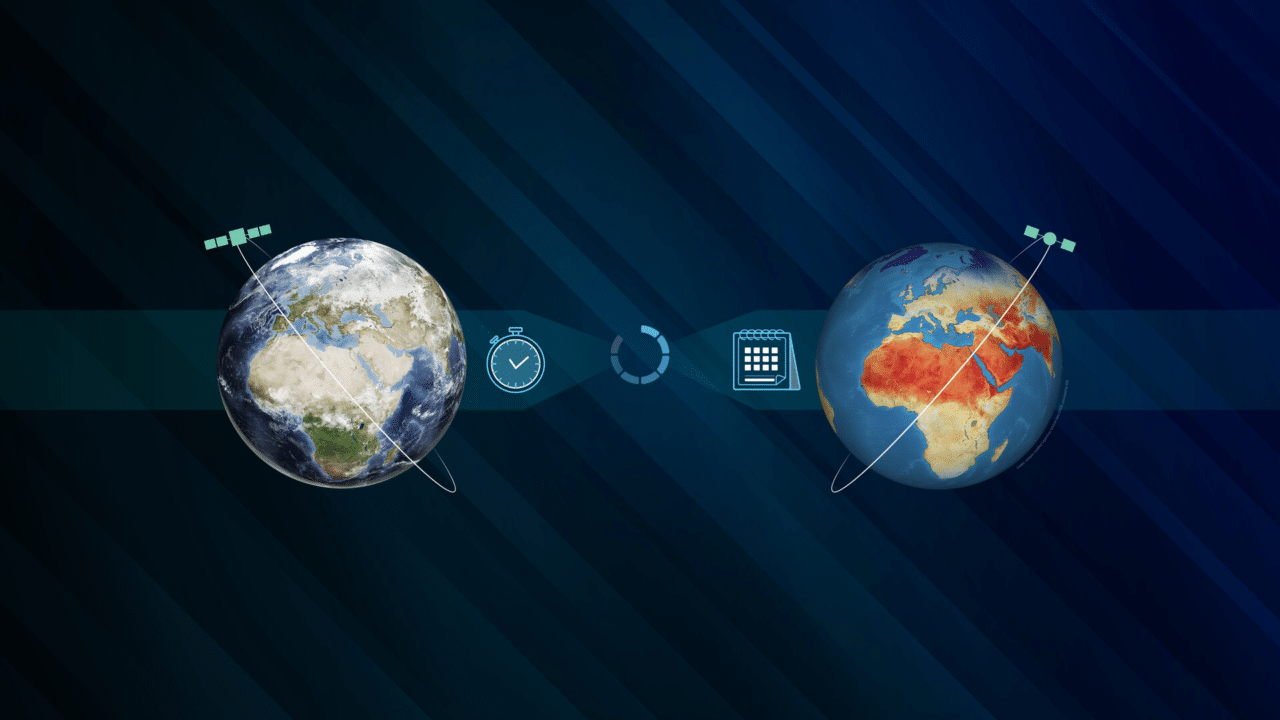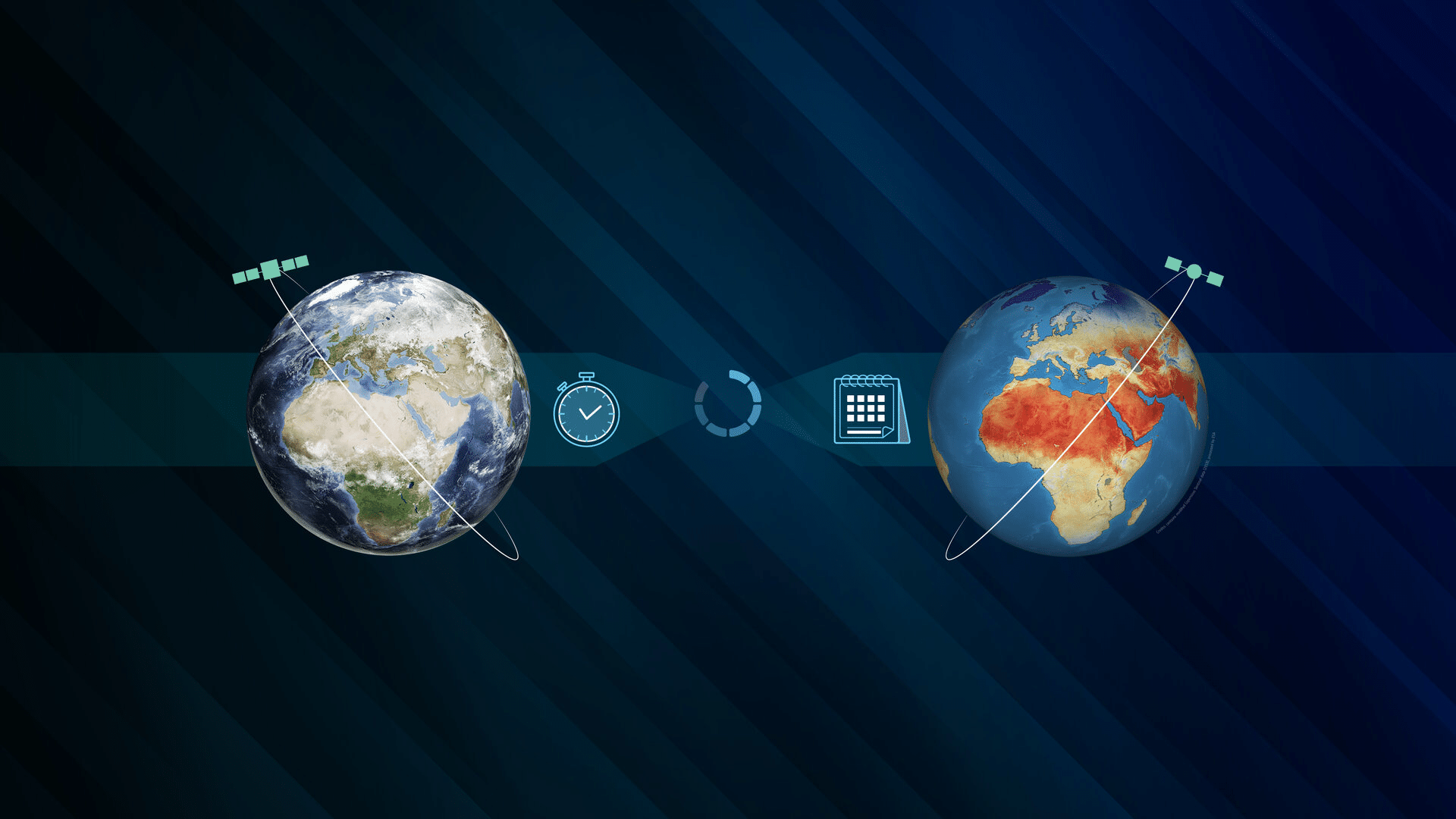
Meteorology is the study of atmospheric phenomena and their laws, particularly for weather forecasting.
The common understanding tends to confuse weather with weather forecasting, especially the “sensitive time” that governs our human impressions. This is a definition that only leaves the atmospheric environment to study its most direct human consequences (frozen soils, floods, etc.). Meteorology: science of the weather; study of the earth’s atmosphere and its change.
«Meteorology» in the most scientific sense
“Meteorology is the science of the atmosphere.” This definition, the most concise, is given by the Encyclopedia Universalis which adds: “More precisely, it studies the physical processes that determine its evolution and reports phenomena essentially observed in its lowest part.”
Since the atmosphere is an open system, meteorology (atmospheric science) must be interested in the many interactive phenomena with the environments related to the atmosphere: ocean, cryosphere, biosphere, continental surfaces, space, etc. To study the relevant physical processes, meteorology must analyze and process them at all time scales.


Climate” and “climatology” in the most common sense
The word “climate” comes from the Greek “klima”, referring to the inclination of the Earth’s axis which makes the climate vary with latitude.
«Climate is the set of meteorological phenomena that characterizes the average state of the atmosphere and its evolution in a given place» An equivalent dictionary in English reads “Climate: weather conditions of a place or an area” and “Climatology: science of climate”.
In the most restrictive sense, climate is therefore a subset of meteorology, in which only average characteristics (over at least one month) or even large time scales (from one month to several million years) are taken. This is expressed in the Dictionnaire culturel des sciences as follows (which has the disadvantage of introducing an even more complex notion, the “butterfly effect”):
“The climate is what remains of the weather when it is freed from its whims that no one can predict beyond the horizon that the butterfly effect assigns”. The term “climatology” has long had a rather restrictive meaning for meteorologists: the compilation and study of statistics relating to climate elements.

Climate” and “climatology” in the most scientific sense
But more generally, the word “climatology” is understood as meaning “science that provides a systematic description and explanation of the distribution of climates” (Encyclopedia Universalis). It could be stated that climatology now seeks to explain not only the geographical distribution of climates, but also their evolution over decades and centuries, especially since a slow evolution of the global climate (towards warming) has become obvious.
To take account of this slow evolution, some have introduced the notion of “dynamic climatology”. As for the evolution of the past, it has been the subject of a huge reconstruction work by historians, glaciologists, sedimentologists, etc., documented in many books.
At the scale of a decade or century, the evolution of the atmosphere is largely driven by that of the oceans (frozen or not), continental surfaces (covered with ice or not) and the entire biosphere. It also depends, to a lesser extent, on astronomical factors such as the evolution of solar radiation or the geometrical characteristics of the earth’s orbit.
To study, understand and predict climate change (often with the help of numerical modelling), scientists are required to process many physical processes outside the atmosphere. These are all processes that affect the so-called “climate system” such as those affecting the deep ocean and hydrology (lakes, rivers, glaciers and continental deep water reserves).

The meteorologist who is responsible for forecasting the weather a few days before it is due does not need to look at all these atmospherically-related media in detail, as they are much slower than the atmosphere itself. One can then simply model these related environments. Thus, in operational prediction models, the state of the ocean is assumed to be constant (including for its surface temperature that directly drives the exchange of ocean-atmosphere energy).
On continents, most variables are also kept constant in a forecast model (vegetation, extent of glaciers, soil condition, etc.), with the notable exception of temperature and humidity on continental surfaces which may show large diurnal variations, as well as the thickness of the snow cover when it covers the ground.
Thus, the set of physical processes that interest the meteorologist is often more restricted than that which interests the climatologist. The “weather system” (limited to weather forecasting) can therefore be seen as a subset of the “climate system”, unlike the common meaning of the word “climate” which can be seen as a subset of meteorology.

Concerning mathematicians and modellers
For the modellers, simulations of the evolution of weather (or meteorological phenomena) differ from simulations of climate change by the play of the “initial conditions” and the “boundary conditions”. The state of the atmosphere, observed at a given time, will be taken as the initial state (or conditions) of the atmospheric system for a numerical model that will calculate its evolution over time and thus make a weather forecast.
Note that these calculations apply to a physical system which overflows slightly beyond the atmosphere since such a «meteorological» model must necessarily simulate the evolution of temperature and humidity of continental surfaces which, over a few hours or days are variables that vary very quickly (often faster than the atmospheric temperatures themselves). We are in the field of weather forecasting and meteorology.
The model will, however, have to fix the state of most of the environments outside the atmosphere, such as the ocean and its surface temperature, vegetation, soil composition, etc., which frame it and condition its average state. These are the “boundary conditions” of the weather system. In a simulation of the meteorological system alone, the “boundary conditions” are invariant and fixed.

It is known that weather forecasts are meaningless after 10 days because the atmosphere, a chaotic physical system, has the property of quickly “forgetting” its initial conditions.
It is then its “boundary conditions” that take on importance and determine the average statistical state of the atmosphere: its climate. We are in the field of climate modelling and climatology. There is no fundamental difference between a weather prediction model and a climate simulation model, although the practical implementation of the calculations is very different.
The same physical laws and equations drive the evolution of the atmosphere. Simply, in meteorological models there are many system state variables that are conditions at fixed limits and become part of the initial (therefore time-changing) conditions in the same extended climate system model.
Notes
https://education.nationalgeographic.org/resource/climatology




